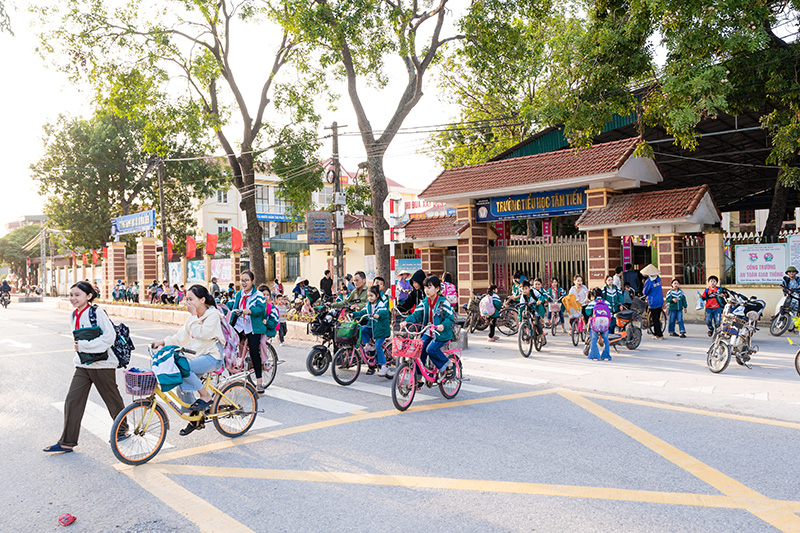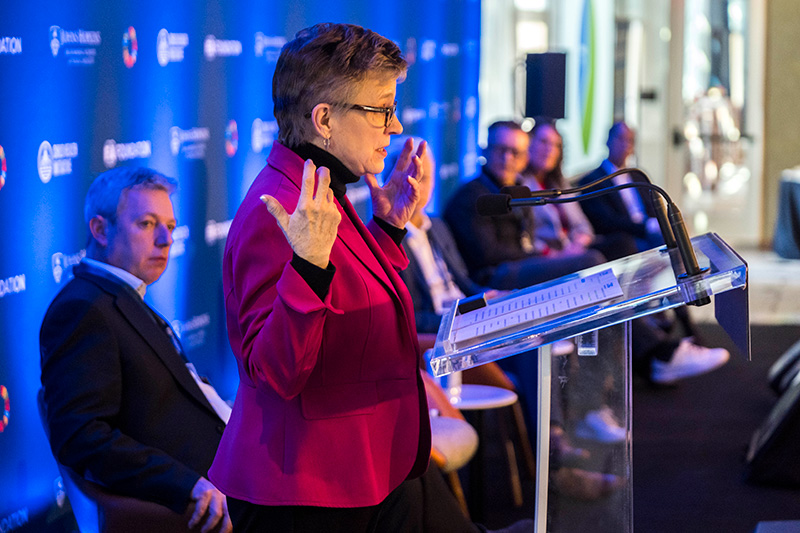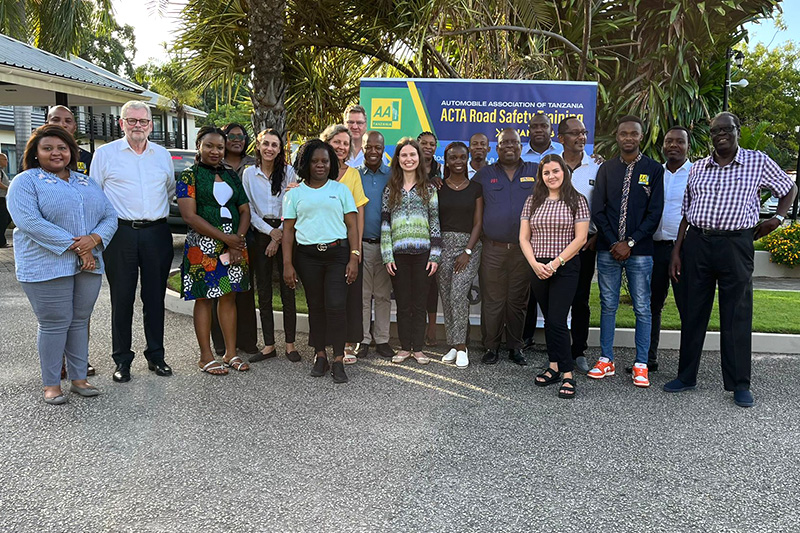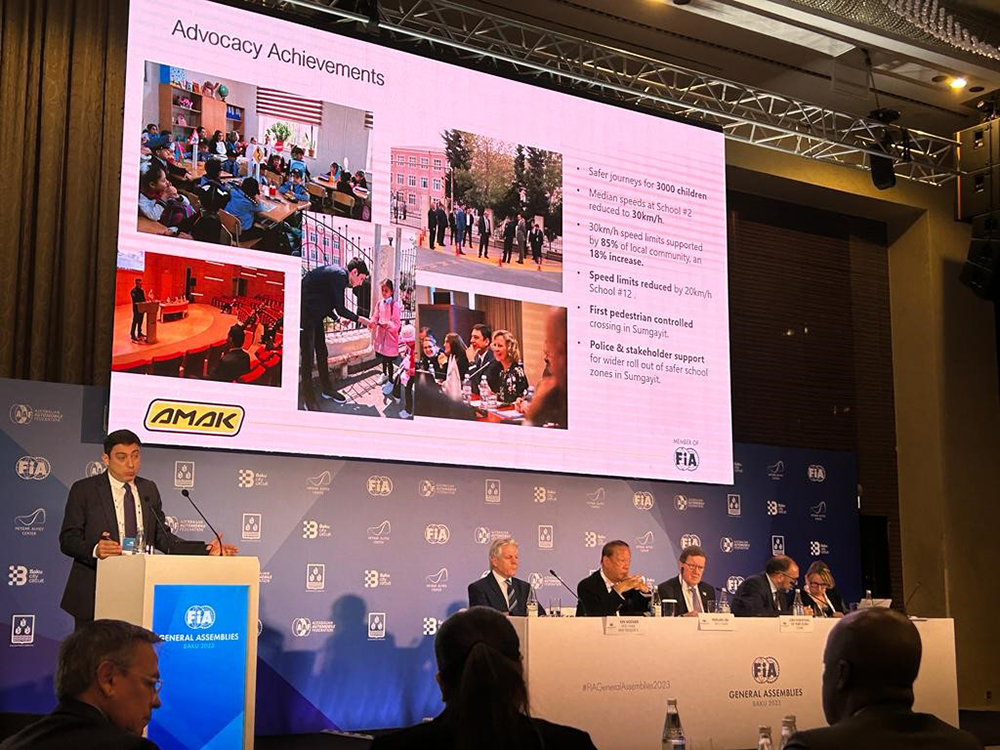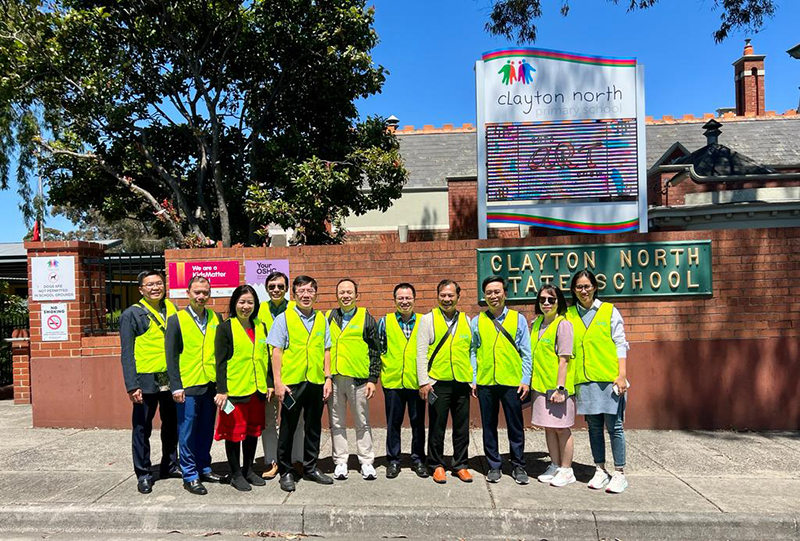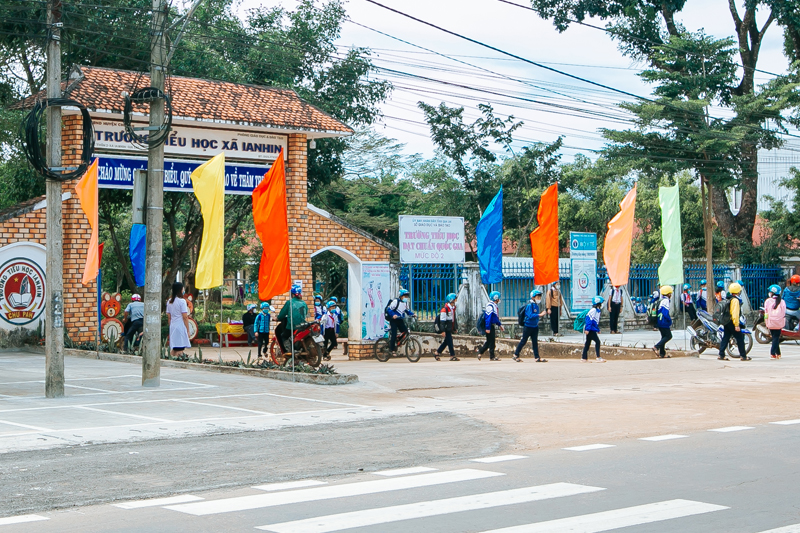Vision Zero for Youth Advisory Committee convenes at Lifesavers Conference
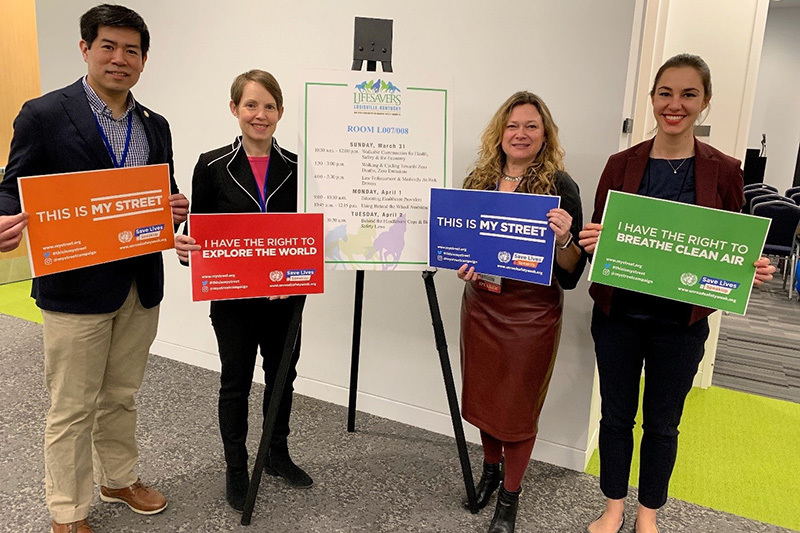
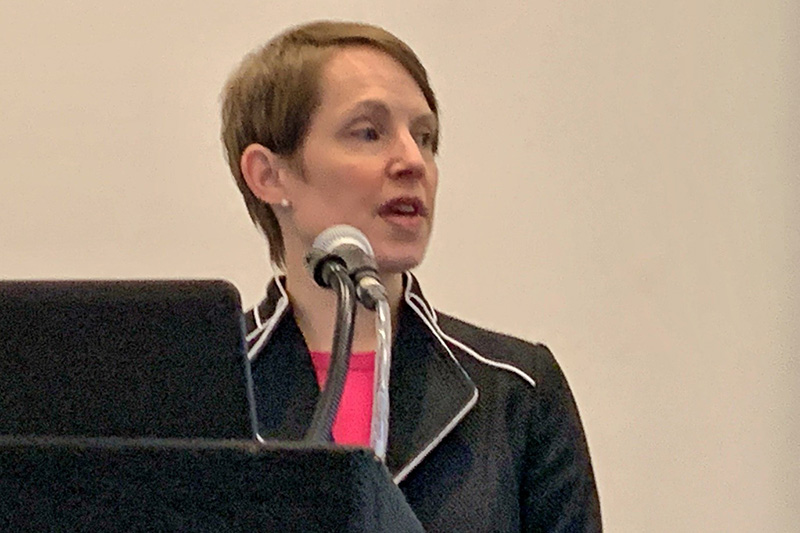
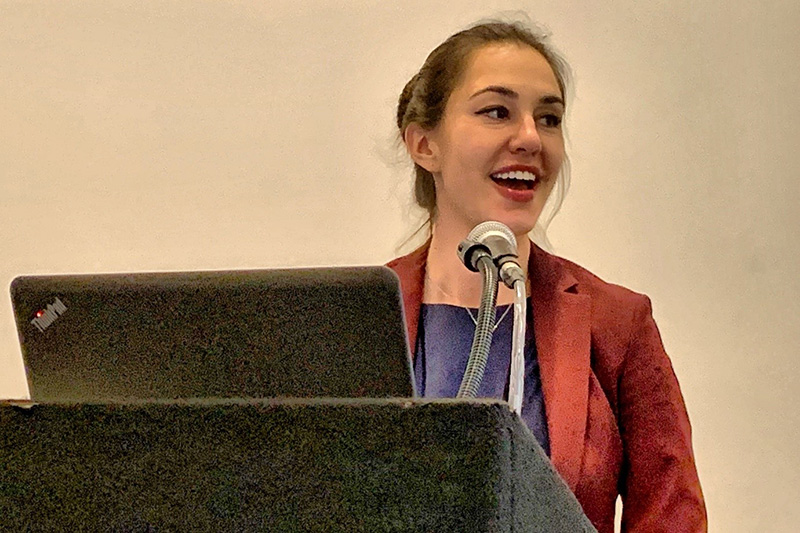
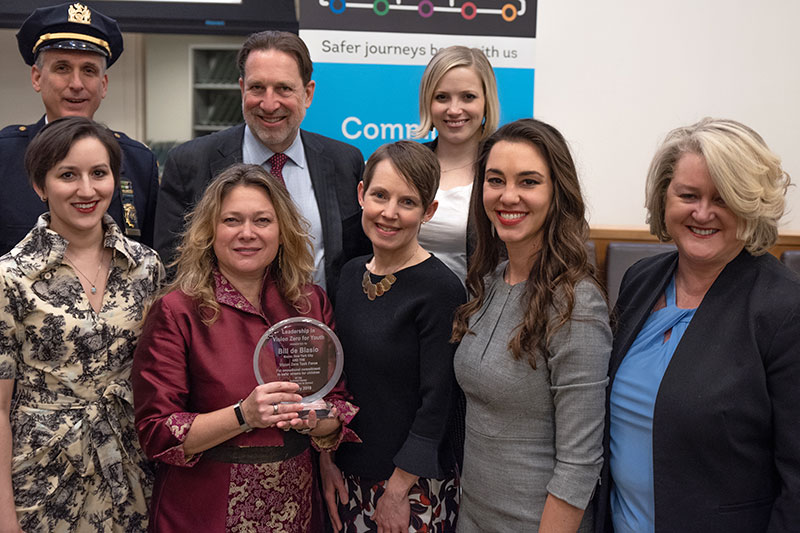
At the largest gathering of highway safety professionals in the United States, the FIA Foundation moderated a panel and convened a Vision Zero for Youth Advisory Committee meeting together with National Center for Safe Routes to School. Leading organizations shared best practices and policy initiatives proven to save lives around schools.
The annual Lifesavers conference in Louisville, Kentucky included Child Health Initiative partners National Center for Safe Routes to School, Safe Kids Worldwide and the FIA Foundation. Assembling leaders in the field, National Center for Safe Routes to School and the FIA Foundation led a Vision Zero for Youth Advisory Committee meeting. The agenda included progress updates, and details regarding a Vision Zero for Youth demonstration project, funded by FHWA. The first of its kind, the two-year demonstration project will evaluate Vision Zero for Youth in a US city to make the community safer for walking and biking, and reduce deaths and injuries, starting with youth.
Vision Zero for Youth will be evaluated as a first step toward Vision Zero or as part of a Vision Zero plan in a US city. Wesley Blount from the Federal Highway Administration (FHWA) said, “FHWA and the US Department of Transportation are embracing Vision Zero to achieve zero deaths. Through our cooperative agreement with the Pedestrian and Bicycle Information Center and National Center for Safe Routes to School, we are also developing a school zone guide to apply the safe systems approach to protect kids.” Other attendees lent their perspectives on the future of Vision Zero for Youth and potential for collaboration, including National Highway Traffic Safety Administration (NHTSA), National Transportation Safety Board (NTSB), New York Department of Transportation, National Safety Council, Governors Highway Safety Association (GHSA), Safe Kids Worldwide, Vision Zero Network, international students, and others.
The FIA Foundation also hosted a panel, ‘Walking and Cycling Towards Zero Deaths, Zero Emissions” to present success stories and challenges in achieving safe and sustainable mobility, starting with youth. The Foundation highlighted lessons learned from its road safety partners, the Global Fuel Economy Initiative and The Real Urban Emissions Initiative.
New York City was featured as a success story. A Vision Zero pioneer domestically and internationally, the city recently received the Vision Zero for Youth Leadership Award and also became the first city in the US to adopt congestion pricing. Kim Wiley-Schwartz, Assistant Commissioner of Education and Outreach for New York City’s Department of Transportation emphasised its multidisciplinary and team-based approach, as well as its inclusion of youth. The #EverySchool campaign led by youth in New York City successfully demanded the renewal and expansion of the city’s speed camera program. Kim said, “Kids are monitoring speeds and emissions, they’re a voice for Vision Zero and a key factor in its success.”
Nancy Pullen-Seufert highlighted the importance of Mayors taking the lead, and the power of Walk and Bike to School Day in engaging youth to drive political change. She emphasized the need to couple education with enforcement and engineering. “National Center for Safe Routes to School surveyed Vision Zero plans in major US cities and found that most of them mentioned youth. However, they only included education. We can educate kids all we want but if we send them out on streets not safe enough to walk and bike, we’re setting them up for failure.”
Kevin Chang, Assistant Professor with the Department of Civil Engineering at the University of Idaho discussed the importance of engaging the community at a grassroots level. He presented evidence behind the success of neighbours asking fellow neighbours to support speed management infrastructure like speed humps.
Natalie Draisin concluded the panel by highlighting the traction Vision Zero for Youth has gained since it first began in the US with National Center for Safe Routes to School. “Vision Zero for Youth is now in Mexico City, Bogotá, and soon, India. The impact of what we have discussed here today extends far beyond our borders.”
